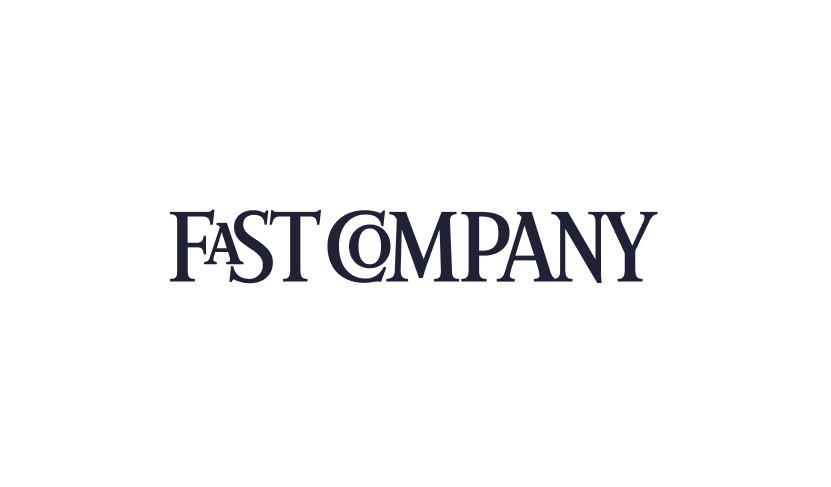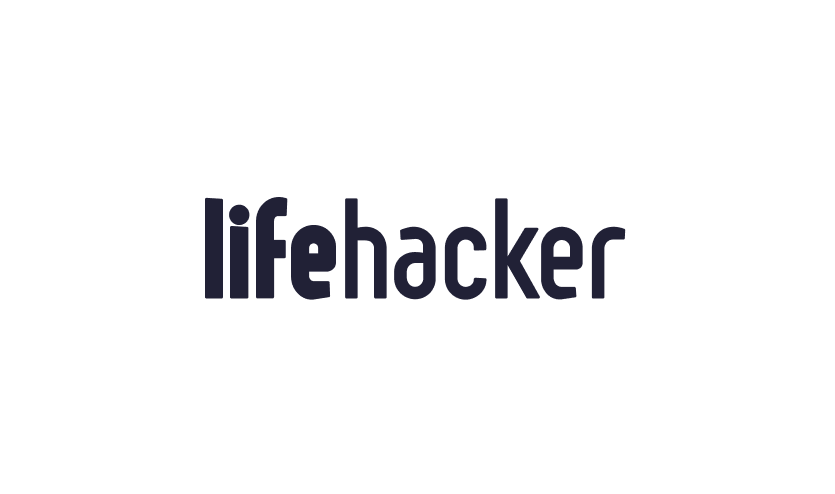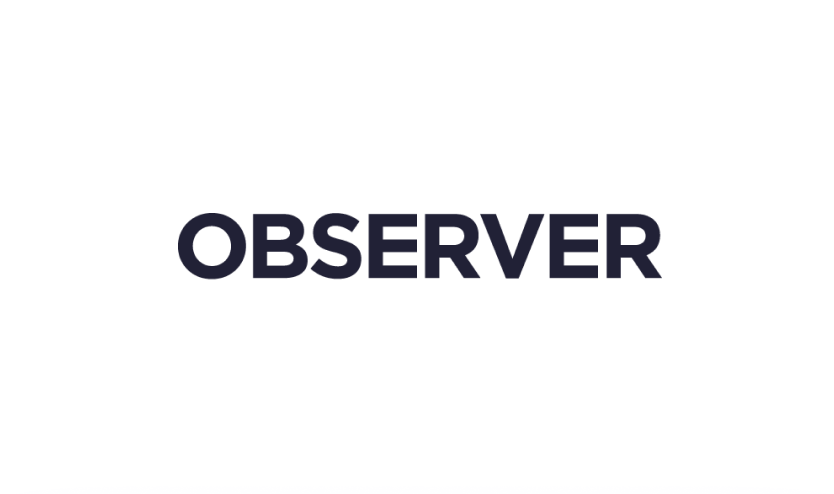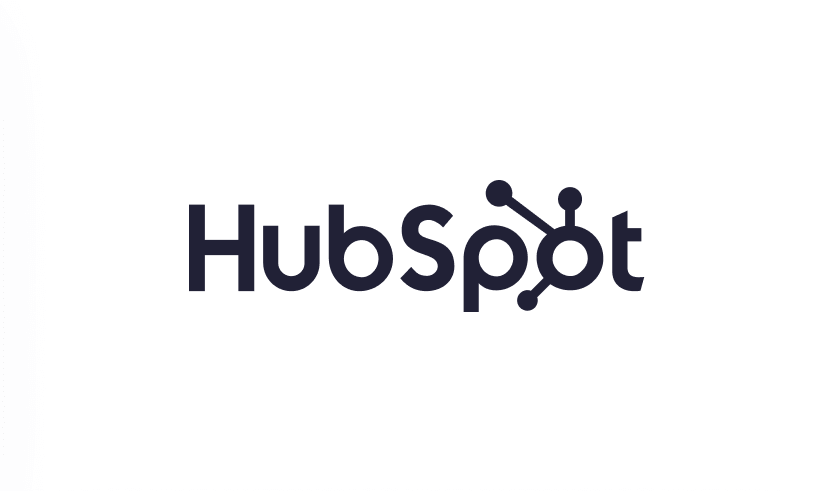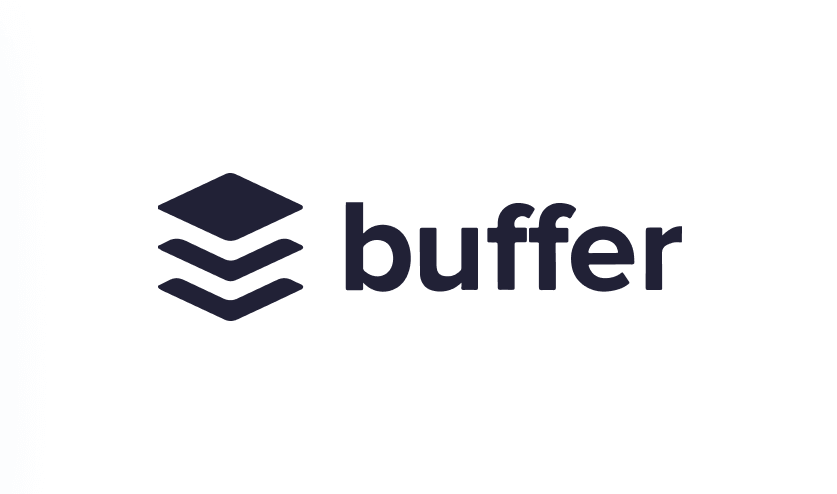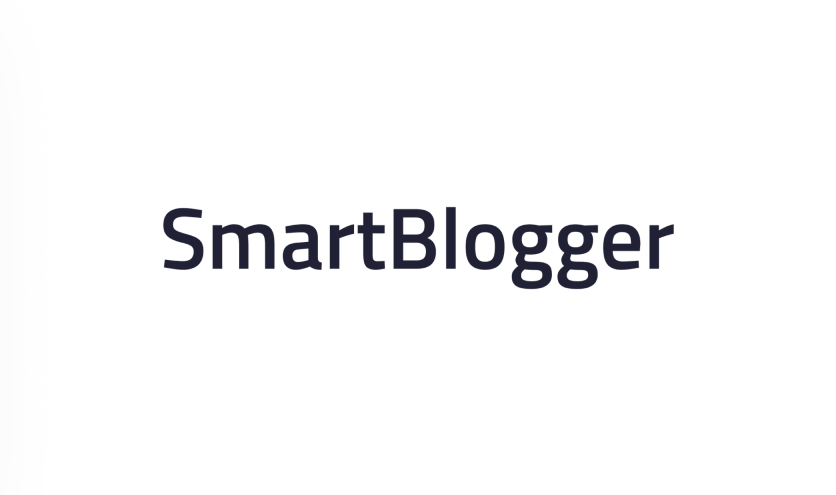Email Unsubscribe Best Practices to Boost Your Email Campaigns
Unsubscribing Done Right: Crafting a Positive Exit Experience
A smooth unsubscribe process is key to successful email marketing. Effective unsubscribe handling strengthens your sender reputation, boosts subscriber engagement, and minimizes spam complaints. This listicle presents seven email unsubscribe best practices to balance user experience with list health and deliverability, particularly for ecommerce brands. These strategies will help you create a respectful and efficient opt-out experience while gaining valuable insights for refining your email campaigns.
This detailed guide provides actionable strategies to optimize your email unsubscribe process. You'll learn how to:
Implement one-click unsubscribe functionality: Minimize friction for users who want to opt out.
Create a preference center with granular controls: Allow subscribers to customize their email experience rather than completely unsubscribing.
Gather feedback during the unsubscribe process: Understand why subscribers are leaving.
Ensure immediate processing and confirmation: Provide clear feedback that the unsubscribe request has been honored.
Make unsubscribe links clear and visible: Don't hide the exit - respect user choice.
Implement win-back campaigns: Offer a final incentive before removing subscribers from your list.
Manage your suppression list effectively: Avoid emailing unsubscribed users in the future.
By applying these email unsubscribe best practices, you can turn a potentially negative interaction into a valuable learning opportunity, optimizing your email strategy and protecting your sender reputation. Let's transform how you handle unsubscribes and unlock their hidden potential.
1. One-Click Unsubscribe Implementation
Respecting a subscriber's wish to opt-out is crucial for maintaining a positive brand image and adhering to email marketing best practices. A cumbersome unsubscribe process can frustrate users and lead to spam complaints, harming your sender reputation. One-click unsubscribe simplifies the opt-out process, allowing recipients to remove themselves from your list with a single click, without requiring logins, passwords, or confirmation emails. This frictionless approach enhances user experience and reduces the likelihood of spam reports.
Examples of Effective One-Click Unsubscribe
Several major companies have successfully implemented one-click unsubscribe, demonstrating its effectiveness and user-friendliness. Observe how these brands prioritize a seamless opt-out experience:
Spotify: Their simple "Unsubscribe" link in the email footer immediately removes users from their mailing list.
Amazon: Offers one-click unsubscribe for various promotional emails, giving users granular control over their subscriptions.
Netflix: Provides a streamlined opt-out process for marketing communications, making it easy for subscribers to manage their preferences. These examples highlight the simplicity and effectiveness of this best practice.
Implementing One-Click Unsubscribe: Actionable Tips
Implementing one-click unsubscribe is a straightforward process that significantly improves the user experience. Here's how you can implement it effectively:
Prominent Placement: Place the unsubscribe link prominently in the email footer where recipients can easily locate it.
Clear Language: Use concise and recognizable language like "Unsubscribe." Avoid vague terms like "Manage Preferences" which can confuse users.
Thorough Testing: Test unsubscribe links rigorously before sending out campaigns to ensure they function correctly.
List-Unsubscribe Header: Implement the List-Unsubscribe email header. This allows some email clients to offer a built-in unsubscribe button, further simplifying the process.
Mobile Optimization: Ensure unsubscribe buttons are mobile-friendly and easily clickable on smaller screens.
Why and When to Use One-Click Unsubscribe
One-click unsubscribe should be a standard practice for all email marketing campaigns. It's a crucial element of email unsubscribe best practices, demonstrating respect for your subscribers' choices. This approach not only improves user experience but also protects your sender reputation by reducing the likelihood of spam complaints. By making it easy for users to opt-out, you foster trust and maintain a positive brand image. This ultimately contributes to a healthier email list comprised of engaged subscribers who genuinely want to receive your communications. This strategy benefits businesses of all sizes, from e-commerce giants to small newsletter publishers.
2. Preference Center with Granular Controls
Respecting subscriber preferences is paramount for successful email marketing. While one-click unsubscribe offers a quick exit, a preference center empowers users to tailor their email experience. This advanced approach allows subscribers to choose the type of content, frequency, and communication channels they prefer, reducing unsubscribes and fostering engagement. Instead of a complete opt-out, subscribers can customize their interaction with your brand.
Examples of Effective Preference Centers
Several leading brands effectively utilize preference centers to enhance user experience and engagement. These examples illustrate how granular control benefits both subscribers and businesses:
HubSpot: Offers a comprehensive preference center, allowing users to select specific content categories they wish to receive.
Airbnb: Allows users to customize their travel preferences and email frequency, ensuring relevant and timely communication.
LinkedIn: Provides granular control over professional interests and communication settings, allowing users to tailor their networking experience.
Sephora: Lets subscribers choose specific beauty categories and manage their promotional email preferences.
Implementing a Preference Center: Actionable Tips
Creating a user-friendly preference center is key to maximizing its effectiveness. These tips will help you build a preference center that empowers subscribers:
Keep it Simple: Present options clearly and concisely. Avoid overwhelming users with too many choices.
Clear Unsubscribe Option: Always include a clear "unsubscribe from all" option for users who wish to completely opt out.
Progressive Disclosure: Use progressive disclosure to reveal advanced options as needed, keeping the initial view uncluttered.
Instant Preview: Allow users to preview changes before saving, ensuring they understand the impact of their choices.
Regular Audits: Regularly review and update your preference categories to reflect evolving content and user interests.
Why and When to Use a Preference Center
A preference center becomes increasingly valuable as your email list grows and content diversifies. It's a powerful tool for email unsubscribe best practices, demonstrating respect for individual preferences. This approach minimizes unsubscribes while maximizing engagement by delivering relevant content. By offering granular control, you cultivate a more engaged audience and gather valuable data about subscriber interests. This information can inform your content strategy and enhance personalization efforts, leading to stronger customer relationships and increased conversions. This strategy is particularly beneficial for businesses with diverse product offerings or content categories.
3. Feedback Collection During Unsubscribe
Capturing valuable insights from unsubscribing users can significantly improve your email marketing strategy. A well-designed feedback mechanism during the unsubscribe process helps identify pain points, understand audience preferences, and ultimately enhance your email campaigns. This proactive approach not only helps retain potentially valuable subscribers but also provides crucial data to refine your content, frequency, and overall messaging.
Examples of Effective Feedback Collection
Several brands effectively utilize feedback collection during unsubscribe, transforming a potential negative interaction into a valuable learning opportunity. Consider these examples:
Grammarly: Implements an exit survey, inquiring about reasons for unsubscribing, including email frequency and content relevance. This allows them to tailor their approach based on user preferences.
Dropbox: Presents a feedback form with predefined reasons and a comment box, giving users options to express specific concerns and provide detailed feedback.
Coursera: Focuses their unsubscribe survey on course interests and communication preferences, allowing them to personalize future recommendations and messaging. These demonstrate how targeted feedback can improve email marketing efforts.
Implementing Feedback Collection: Actionable Tips
Gathering feedback during unsubscribe should be a seamless and user-friendly process. Here are some practical tips:
Optional Feedback: Make providing feedback optional, not mandatory. Respect the user's decision to unsubscribe without requiring additional input.
Brevity is Key: Keep surveys short, ideally 3-5 questions maximum. Long surveys can deter users from providing any feedback.
Multiple Choice Options: Use multiple-choice questions with predefined options for quicker responses. This allows for easier analysis and identification of trends.
Act on Feedback: Analyze the collected data and implement necessary changes based on the feedback received. Communicating these improvements to your audience builds trust.
A/B Testing: Experiment with different feedback approaches to find what resonates best with your audience and yields the most valuable insights.
Why and When to Use Feedback Collection During Unsubscribe
Integrating feedback collection during unsubscribe should be a core component of any robust email marketing strategy. It’s a key element of email unsubscribe best practices, demonstrating respect for subscriber choices and a commitment to improvement. By understanding why subscribers choose to leave, you can make data-driven adjustments to your email program. This leads to higher engagement rates, improved deliverability, and a healthier email list. Learn more about Feedback Collection During Unsubscribe. This tactic is valuable for businesses of all sizes looking to optimize their email marketing efforts and enhance the subscriber experience.
4. Immediate Processing and Confirmation
Respecting a subscriber's wish to unsubscribe is paramount for maintaining a positive brand image and adhering to email marketing best practices. A key aspect of this respect involves the immediate processing of unsubscribe requests and providing clear confirmation to users. This builds trust and ensures compliance with legal requirements for timely processing. Delayed or unclear unsubscribe processes can lead to frustration and potential spam complaints, ultimately damaging your sender reputation.
Examples of Effective Immediate Processing and Confirmation
Several leading companies effectively implement immediate unsubscribe processing and confirmation, enhancing the user experience. Their methods offer valuable insights:
Uber: Provides instant unsubscribe confirmation with clear, concise messaging, assuring users their request was successful.
Zillow: Immediately processes unsubscribes and redirects users to a confirmation page, reinforcing the action's completion.
Pinterest: Allows real-time preference updates with instant confirmations, giving users immediate control over their email communications. These examples demonstrate the positive impact of this best practice.
Implementing Immediate Processing and Confirmation: Actionable Tips
Implementing immediate processing and confirmation is crucial for a positive user experience. Here's how to do it effectively:
Display Confirmation Message: Show a confirmation message immediately after the unsubscribe click, reassuring the user.
Clear and Friendly Language: Use clear, friendly language in confirmation messages, avoiding technical jargon.
Timestamp and Reference Number: Include a timestamp and a unique reference number for the unsubscribe request, providing documentation.
Resubscribe Option: Offer an easy resubscribe option in the confirmation, allowing users to rejoin the list if they change their mind.
Performance Testing: Test your system's performance under high unsubscribe loads to ensure responsiveness and avoid delays.
Why and When to Use Immediate Processing and Confirmation
Immediate processing and confirmation should be standard for all email marketing campaigns. It is a fundamental element of email unsubscribe best practices. This approach improves user experience and protects your sender reputation by minimizing potential spam complaints. By respecting subscriber choices and providing a seamless opt-out experience, you build trust and reinforce a positive brand image. This ultimately leads to a more engaged and receptive email list. This strategy is essential for all businesses that utilize email marketing, regardless of size or industry.
5. Clear and Visible Unsubscribe Links
Respecting a subscriber's desire to opt-out is paramount in email marketing. A clear and visible unsubscribe link is not just good practice – it's essential for legal compliance and maintaining a positive brand image. Hiding or obfuscating the unsubscribe process can damage your sender reputation and lead to increased spam complaints. Transparency in unsubscribing builds trust with your audience and demonstrates respect for their preferences.
Examples of Effective Unsubscribe Links
Major companies understand the importance of visible unsubscribe links. Their consistent placement and clear styling reinforce user trust and streamline the opt-out experience:
Apple: Consistently places clear unsubscribe links in the footer of their marketing emails, making it easy for users to opt-out.
Google: Uses unambiguous "Unsubscribe" text within Gmail's promotions tab, providing a readily identifiable opt-out option.
Microsoft: Emphasizes prominent unsubscribe options in newsletter footers, ensuring visibility and ease of access. These examples showcase the value of clear and accessible unsubscribe links.
Implementing Clear Unsubscribe Links: Actionable Tips
Implementing clear unsubscribe links is straightforward and contributes significantly to email marketing best practices. Here's how to do it effectively:
Standard Terminology: Use clear and recognizable terms like "Unsubscribe" or "Opt-out." Avoid vague phrasing that might confuse users.
Visual Contrast: Ensure the unsubscribe link has sufficient color contrast against the background for accessibility and easy identification.
Consistent Placement: Place the unsubscribe link consistently in the email footer, where users expect to find it.
Cross-Client Testing: Test the visibility and functionality of your unsubscribe link across various email clients and devices.
Concise Footer Text: Avoid burying the unsubscribe link within excessively long footer text. Keep the footer concise and focused.
Why and When to Use Clear Unsubscribe Links
Clear and visible unsubscribe links should be a standard practice for every email marketing campaign. This fundamental element of email unsubscribe best practices fosters trust with your subscribers and strengthens your sender reputation. By making unsubscribing easy, you demonstrate respect for your audience's choices. This practice minimizes spam complaints and contributes to a healthier, more engaged subscriber list. From small newsletters to large-scale e-commerce campaigns, clear unsubscribe links benefit businesses of all sizes, ensuring compliance and promoting positive brand perception. This transparency not only protects your sender reputation but ultimately cultivates a more engaged and receptive audience.
6. Win-Back Campaigns Before Final Removal
Recapturing subscriber interest before they churn is a proactive strategy that can significantly impact list health and ROI. Win-back campaigns target subscribers exhibiting declining engagement with tailored re-engagement emails aimed at reviving their interest and preventing unsubscribes. This proactive approach can effectively reduce churn and maximize the value of your existing subscribers. A well-executed win-back strategy can be a powerful tool for maintaining a healthy and engaged email list.
Examples of Effective Win-Back Campaigns
Several brands effectively leverage win-back campaigns to re-engage their audience and prevent unsubscribes. These examples illustrate the power of personalized, targeted messaging:
Spotify: Their "We miss you" campaigns offer curated playlists based on past listening history, reminding users of the value they're missing.
Airbnb: Sends destination-based re-engagement emails showcasing travel deals and inspiring wanderlust in inactive users.
Groupon: Uses win-back offers with localized deals, catering to subscribers' specific interests and locations.
Duolingo: Re-engages users with streak recovery and motivation emails, encouraging them to continue their language learning journey.
Implementing Win-Back Campaigns: Actionable Tips
Crafting effective win-back campaigns involves strategic planning and execution. Here are actionable tips to maximize their impact:
Engagement-Based Triggers: Trigger campaigns based on engagement decline (opens, clicks), not just time since last activity. This targeted approach focuses on users who are genuinely drifting away.
Value-Driven Content: Offer genuine value beyond discounts. Provide exclusive content, personalized recommendations, or early access to new features.
Brevity is Key: Keep win-back campaigns concise (2-3 emails maximum). Avoid overwhelming inactive subscribers with lengthy messages.
Easy Opt-Out: Always include clear and accessible unsubscribe options. Respect subscribers' choices and make it easy for them to opt-out if desired.
Segmented Approach: Segment your audience based on historical preferences and engagement patterns for more targeted and relevant messaging.
Why and When to Use Win-Back Campaigns
Win-back campaigns should be integrated into your email marketing strategy as a proactive measure against subscriber churn. They are particularly effective when you notice a decline in overall list engagement or when specific segments show reduced activity. This targeted approach not only helps retain valuable subscribers but also provides insights into their evolving needs and preferences. By understanding why subscribers disengage, you can refine your overall email marketing strategy and provide more relevant content that resonates with your audience. Learn more about Win-Back Campaigns Before Final Removal at this link covering various ecommerce email marketing strategies. Implementing email unsubscribe best practices, including win-back campaigns, contributes to a healthier and more responsive subscriber base, ultimately leading to improved campaign performance and ROI.
7. Suppression List Management
Maintaining a healthy email list goes beyond simply processing unsubscribes. Effective suppression list management is a critical aspect of email unsubscribe best practices, ensuring that users who have opted out never receive further communications. It involves the technical and operational processes of maintaining comprehensive lists of suppressed email addresses, preventing unwanted emails and protecting your sender reputation. This includes managing global suppressions across multiple brands and campaigns, ensuring consistency and compliance across all your email marketing efforts. Failing to properly manage suppressions can lead to spam complaints, damage your sender score, and ultimately hinder your email marketing effectiveness.
Examples of Effective Suppression List Management
Several platforms provide robust suppression list management capabilities, showcasing the importance of this practice:
Salesforce Marketing Cloud: Offers comprehensive suppression management, allowing for granular control and segmentation across various campaigns and brands.
Adobe Experience Platform: Provides unified suppression lists, ensuring consistent opt-out management across all marketing channels.
HubSpot: Offers global unsubscribe management across portals, simplifying the process for both users and administrators. These platforms highlight the importance of centralized and effective suppression list management in a complex marketing landscape.
Implementing Effective Suppression List Management: Actionable Tips
Implementing robust suppression list management requires attention to detail and proactive strategies. Here’s how you can improve your process:
Real-time Synchronization: Implement real-time synchronization between your email platform and suppression list to prevent sending emails to newly unsubscribed users.
Regular Backups and Audits: Regularly back up and audit your suppression lists to identify any discrepancies or errors. Learn more about suppression list management and related strategies for maintaining a clean email list: Learn more about....
Include Email Variations and Aliases: Ensure your suppression list includes all variations and aliases of an email address to prevent accidental re-subscription.
Set up Monitoring and Alerts: Implement monitoring and alerts for any unusual activity or errors in your suppression list management process.
Document Suppression Categories Clearly: Maintain clear documentation of your suppression list categories (e.g., unsubscribe, bounced, spam complaint) for better organization and analysis.
Why and When to Use Suppression List Management
Suppression list management is not just a best practice; it’s a necessity for any business conducting email marketing. It should be a continuous and integrated part of your overall email strategy, ensuring compliance and user respect. By proactively managing suppressions, you avoid damaging your sender reputation and maintain a positive brand image. This contributes to a healthier email ecosystem and allows you to focus on engaging with your active and interested subscribers. This practice is essential for businesses of all sizes, particularly those operating across multiple brands or utilizing various marketing platforms. Implementing these tips will contribute significantly to the effectiveness of your email unsubscribe best practices.
Email Unsubscribe Best Practices Comparison
Turning Unsubscribes into Email Marketing Wins
Implementing effective email unsubscribe best practices is crucial for any successful email marketing strategy. This article has explored seven key strategies, from one-click unsubscribe implementation and granular preference centers to feedback mechanisms and win-back campaigns. Mastering these techniques is not just about compliance; it’s about cultivating a healthy, engaged subscriber list, which translates directly into higher conversion rates and improved ROI.
Why a Healthy Email List Matters
A smaller list of engaged subscribers who genuinely want to receive your emails is far more valuable than a large, unresponsive list riddled with inactive or uninterested individuals. By prioritizing quality over quantity, you improve deliverability, reduce spam complaints, and foster a stronger connection with your audience. This ultimately results in a more receptive audience for your marketing messages and better performance metrics across the board.
Key Takeaways and Actionable Next Steps
Let's recap the crucial takeaways and outline some actionable steps you can implement immediately:
Prioritize user experience: Make unsubscribing effortless and respectful. A seamless process reflects positively on your brand.
Gather data: Use the unsubscribe process as an opportunity to gather valuable insights. Understanding why people unsubscribe can inform future campaigns.
Segment strategically: Leverage preference centers to empower subscribers and tailor content. Giving users control enhances engagement and reduces unsubscribe rates.
Win them back: Implement win-back campaigns before final removal. A well-crafted re-engagement email can often reignite subscriber interest.
Maintain a clean list: Regularly clean your suppression list. Accurate list hygiene is essential for optimal deliverability and campaign performance.
By actively applying these principles, you transform the unsubscribe process from a potential negative into a powerful tool for continuous improvement.
From Unsubscribe to Understanding: The Power of Feedback
Remember, each unsubscribe provides valuable feedback. By analyzing this data, you can identify areas for improvement in your email marketing strategy. Perhaps your content isn't resonating, your sending frequency is too high, or your messaging isn't targeted enough. Embrace this feedback as an opportunity to refine your approach and deliver even more relevant and valuable content to your remaining subscribers.
A healthy email list isn’t a static entity; it’s a dynamic ecosystem that requires ongoing nurturing and optimization. By implementing these email unsubscribe best practices, you build a stronger, more engaged audience that’s more likely to convert. This leads to a higher return on investment and contributes to the long-term success of your email marketing efforts.
Want to take your email marketing to the next level and truly master email unsubscribe best practices? Check out Chase Dimond for expert guidance, advanced strategies, and proven tactics to optimize your email campaigns, boost subscriber engagement, and drive revenue.
Chase Dimond offers comprehensive resources and training designed to transform your email marketing approach.






